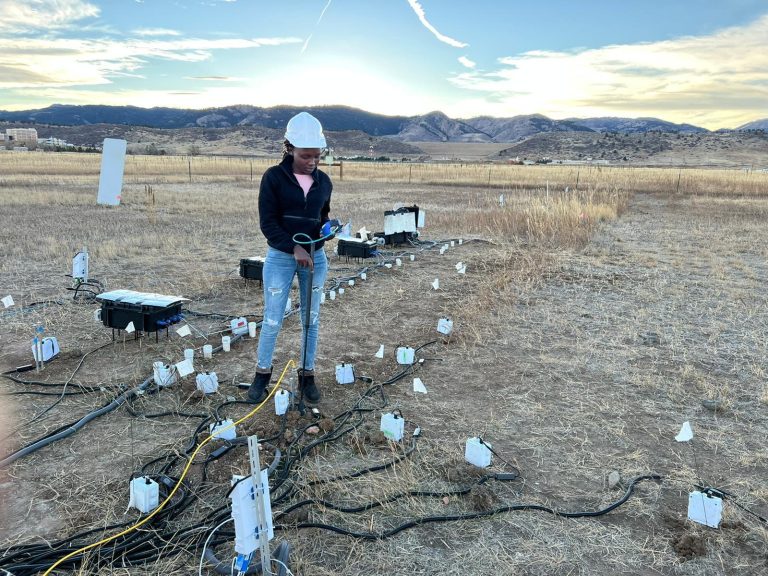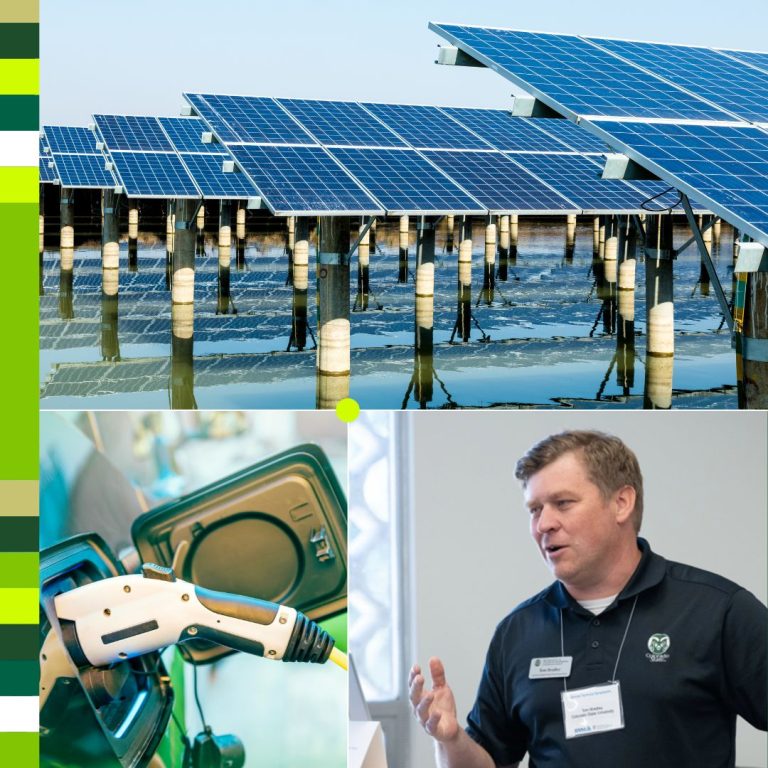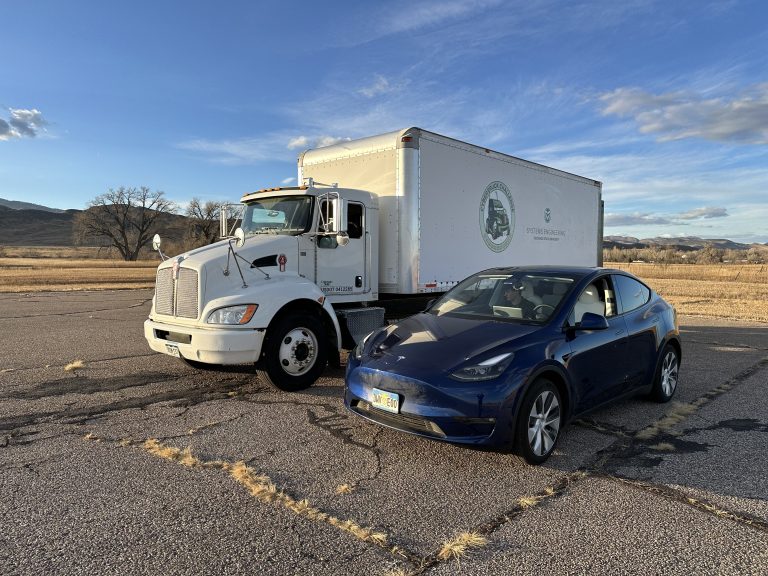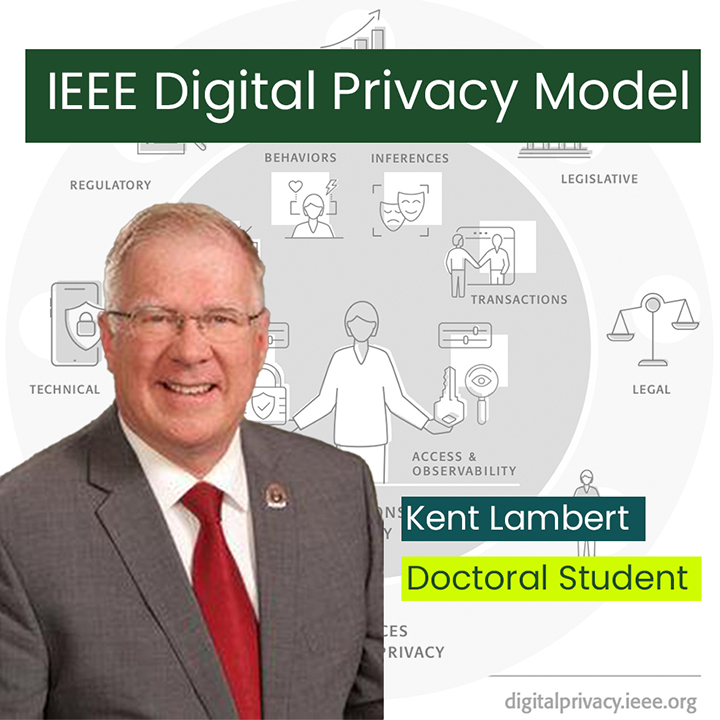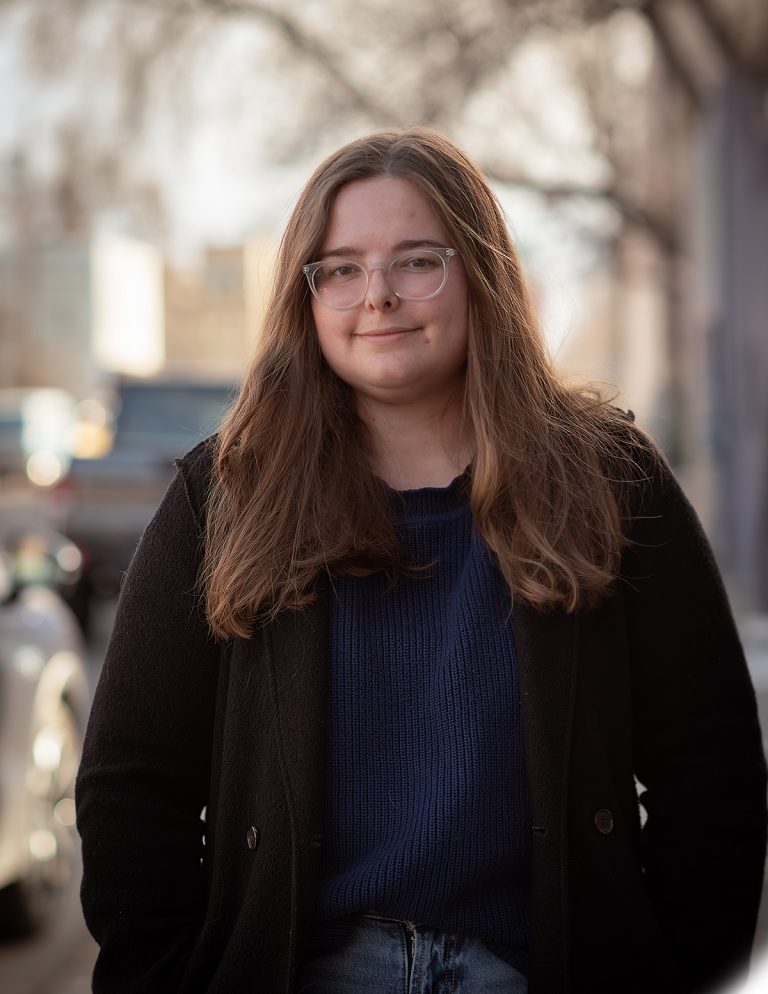
Student Feature: Paulo Younse
- By: Katharyn Peterman
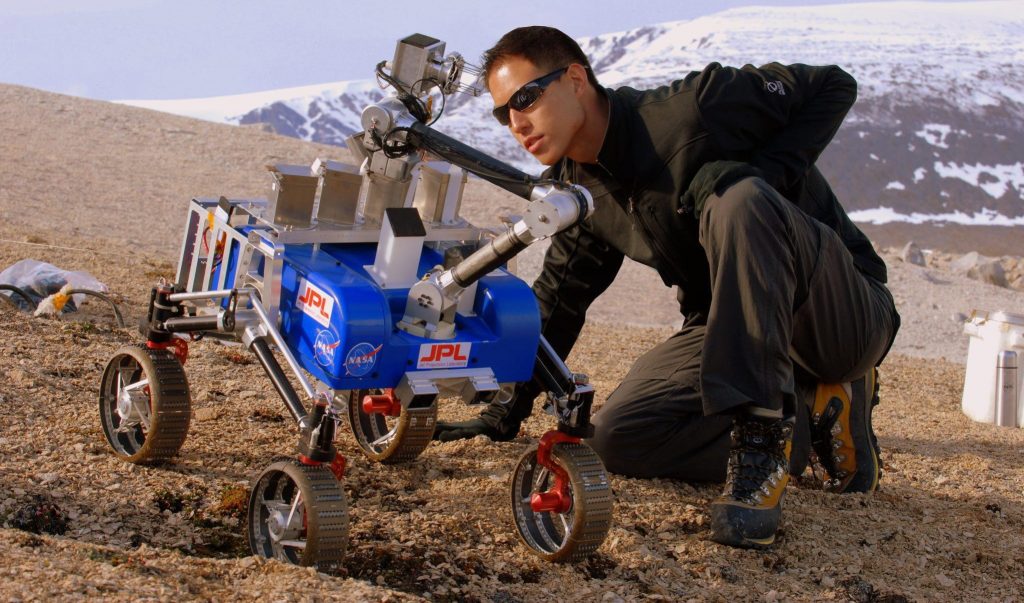
NASA missions are a perfect example of the importance of systems-thinking.
Paulo Younse, a robotics engineer within the Robotic Systems Group at NASA’s Jet Propulsion Laboratory (JPL) and a Ph.D. student in Systems Engineering demonstrates this well.
At work, Younse helps to design new robotic systems for future NASA missions. His Ph.D. research focuses on evaluating Model-based Systems Engineering (MBSE) techniques for architecting robot space systems.
How do you implement systems-thinking in your job?
I am currently implementing systems-thinking within my role at JPL to help lead the development of a system to perform on-orbit capture and containment of a set of Martian rock samples for Mars Sample Return.
We are currently in the middle of defining an architecture concept for the Capture, Containment, and Return System for the proposed Earth Return Orbiter mission within the joint NASA-ESA Mars Sample Return campaign.
As part of the architecting process, we are using systems engineering tools and techniques to define the functions of the system, develop a set of system architecture alternatives, characterize the performance of the architectures against a set of evaluation criteria, and perform a comparative analysis of the architectures to facilitate selection of a final architecture to implement for the mission.
How do you define systems-thinking?
Systems-thinking is both a frame of mind and a thought process that involves staying focused on the system, its overall goals, and the world it lives in throughout its development and deployment.
In other words, it all about keeping an eye on the big picture, and not losing sight of the forest for the trees.
The Systems Engineering program at Colorado State has helped provide me with the frameworks, tools, and techniques to successfully implement systems-thinking into our projects.
What do you like to do when you aren’t working/taking classes?
When not working on spacecraft to explore other worlds of our solar system, I enjoy exploring our own world here on Earth, as well as sharing these discoveries and experiences.
I’ve gotten to teach about space exploration at an orphanage in Tanzania, lecture on astronomy to children in Costa Rica and Honduras, and organize robotics activities for planetariums in Malaysia and Korea.
In my free time, I’ve enjoyed excavating dinosaur fossils for the Natural History Museum of Los Angeles, volunteering as an EMT with the Pasadena Fire Department, running marathons, salsa dancing, and underwater archaeology.
Once, I even got the chance to star in the SyFy television show “Robot Combat League” as the robo-tech for Team Commander.
What’s the last book you read and/or movie/show you watched?
The last book I read was “Mind in Motion: How Action Shapes Thought” by Barbara Tversky. I find the nature of human thought intriguing, and aim to find new ways to apply principles from the fields of cognitive psychology and education to engineering to help promote creativity and innovation amongst our teams.
Who inspires you?
Everyone out there who is willing to take a risk, whether small or large, and venture out into the unknown despite their fears, is an inspiration to me.
This attribute is even more important within the domain of space exploration, where we must constantly push the boundaries of technology and thresholds of human knowledge to accomplish missions designed to explore regions of our solar system fraught with risk and riddled with unknowns.
What’s a fun fact about you many people may not know?
I spent a portion of my childhood growing up and attending school in Lagos, Nigeria. From that experience, I got to make lifelong friends from around the world and grew to appreciate the small beauties and diversity that we all contribute to our world.
___________________________________
Let’s keep featuring the incredible work CSU SE students do!
Know a student who would make a great feature? Email Katharyn Peterman, our communications coordinator, with their contact info.
